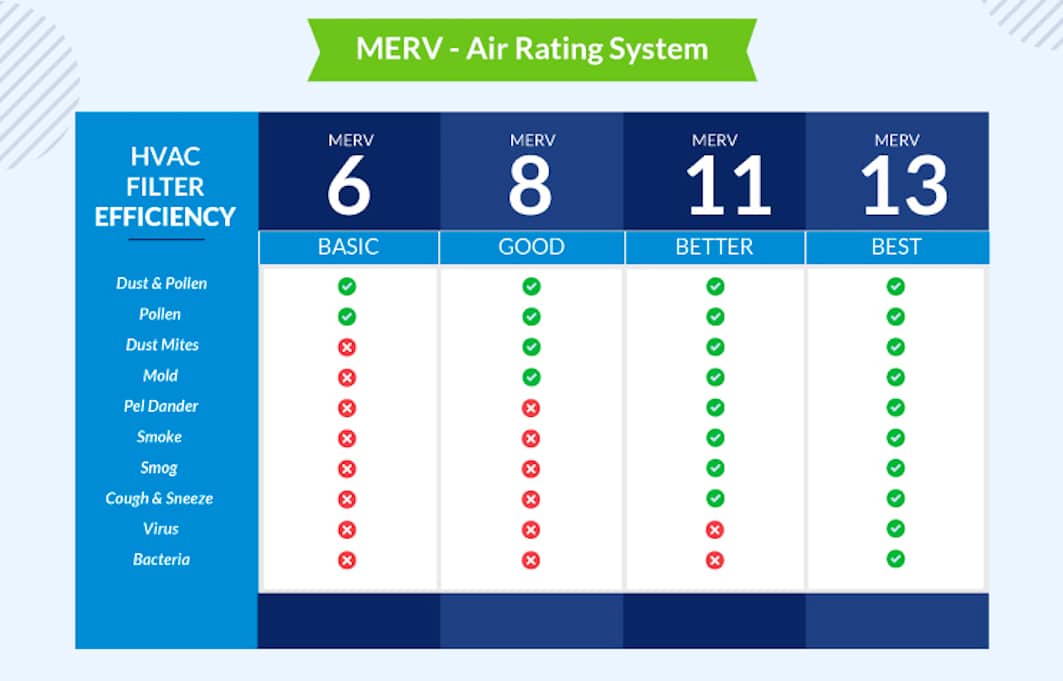How to Optimize Your B2B Tech Marketing Strategies

B2B tech marketing shines brightly as an incredibly vibrant and competitive arena. As technology advances at lightning speed, companies must be alert and flexible to ensure their marketing strategies strike a chord with their intended recipients. B2B dealings are intricate affairs, often encompassing various decision-makers, making a well-thought-out plan imperative.
For tech firms aiming to remain a step ahead, let’s dive into the strategies that can uplift their B2B marketing game. Implement these tips to elevate engagement, nurture enduring bonds, and ultimately, boost sales.
- Understand Your Audience Deeply
“Know your customer” isn’t just a snazzy phrase—it’s foundational. Unlike impulse buys common in B2C, B2B acquisitions often stem from thorough planning. It’s essential for tech marketers to delve deep into the unique needs, concerns, and desires of their specific audience.
- Sketch Your Perfect Customer: By painting a clear picture of your ideal customer, you amplify your marketing campaign’s impact. This means diving deep into their professional roles, day-to-day challenges, and overarching responsibilities. Grasping their decision-making habits and content preferences will also enable you to customize your marketing tools.
- Mapping the B2B Purchase Path: A B2B purchase isn’t a one-off event; it’s a journey, sometimes taking years. This pathway has various phases, from initial awareness to the final decision. Tailoring content to each of these stages is pivotal. Offer content that fits each step, from an enlightening article for the curious to a thorough product presentation for the serious buyer.
- Produce Outstanding Content
In the realm of modern marketing, particularly in B2B tech, content reigns supreme. Stellar content not only cements your expertise but also encourages trust and stirs interest.
- Educate First, Advertise Second: Your content should primarily enlighten. B2B shoppers usually seek answers to intricate issues. A B2B technology marketing service helps you offer them deep, data-driven content. This earns not just respect, but also invaluable trust.
- Vary Your Content Types: People have distinct preferences when consuming content. While some may relish detailed articles, others lean towards videos or podcasts. To cater to diverse tastes, play with various formats—think of webinars, eBooks, visuals, and even engaging quizzes.
- Harness the Power of Data and Analytics
Data sheds light on buyer habits and empowers you to polish your strategies.
- Analytics Platforms: Make the most of powerful tools like Google Analytics to glean critical insights. Such platforms enable marketers to gauge user activities, assess content performance, and even evaluate the impact of different campaigns. Regular scrutiny of these data points helps fine-tune the marketing approach.
- Seek Direct Feedback: Analytics isn’t the endgame. Set up efficient feedback channels, be it through surveys, feedback mechanisms, or even face-to-face chats with potential clients. Genuine feedback offers a candid look into your audience’s perception of your offerings.
- Prioritize Search Engine Optimization (SEO)
Think of SEO as the compass guiding your online presence. Many purchasing journeys in B2B tech kick off with a straightforward search. Hence, it’s vital to be prominently visible.
- Digging Into Keywords: SEO’s foundation rests on robust keyword research. It’s essential for B2B tech enthusiasts to discover the specific terms, inquiries, and phrases their prospective clients plug into search bars. Instruments like SEMrush, Ahrefs, and Google’s Keyword Planner are valuable allies in this quest. More than just the popularity of keywords, grasp the motives driving these searches. This insight shapes your content, ensuring it directly addresses the curiosities of your potential audience.
- Technical SEO: It’s not just about the words; the technical vitality of your website also weighs heavily in SEO. Elements such as how quickly your site loads, its adaptability to mobile screens, secure web connections (think HTTPS), and pristine, easily navigated code matter immensely. Regular check-ups to spot and fix technical glitches can guarantee a user-friendly experience and better organic reach.
- Nurture Leads with Email Marketing
Despite the explosion of various marketing channels, email remains a stalwart. Especially in B2B marketing, where nurturing leads is integral.
- Streamlined Automated Sequences: With the assistance of marketing automation tools, B2B tech promoters can craft methodical drip campaigns. These campaigns, set in motion by user behaviors or specified time frames, ensure ongoing interactions, subtly steering potential clients along the buying pathway.
- Tailored Messaging: In email marketing, a one-size-fits-all approach rarely works wonders. It’s more effective to dissect your email list, categorizing it based on factors such as the recipient’s stage in the buying process or their previous interactions with your content. Such segmentation makes your emails more resonant and pertinent, which can significantly boost their open and engagement rates.
Conclusion
The art of B2B tech marketing orbits around truly ‘getting’ your audience and bombarding them with quality content. Harnessing digital pathways and making data-driven decisions is equally vital. By remaining alert, malleable, and perpetually customer-centric, you pave the way for a marketing strategy that not only resonates but also fosters enduring partnerships with B2B clientele.



